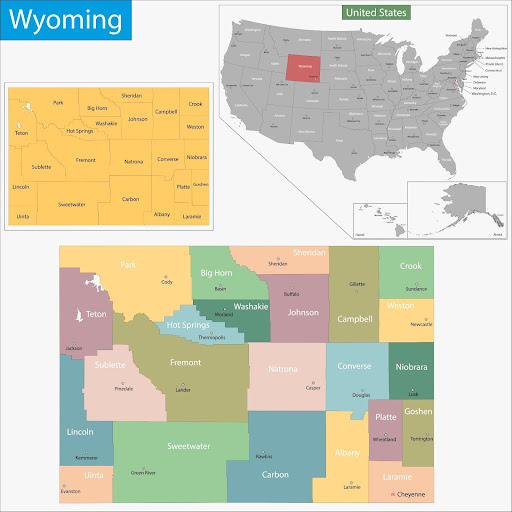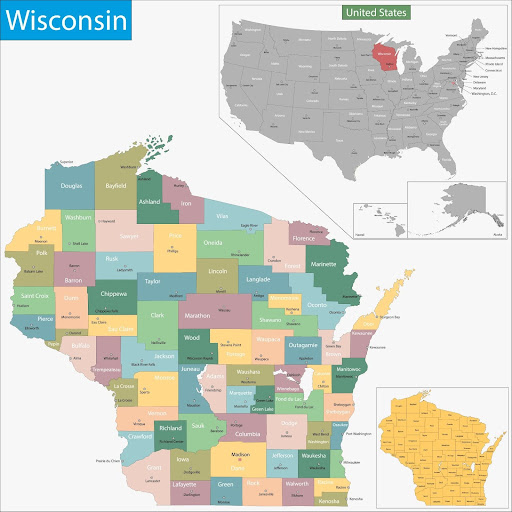For fire investigators, no two scenes unfold the same way in Utah. One day, it’s a wind-driven fire in cheatgrass country near a remote freeway pullout. Next, it’s a structure-adjacent ignition at the edge of Salt Lake’s suburban sprawl.
Investigation work in Utah demands agility: terrain knowledge, interagency communication, and a clear understanding of jurisdictional boundaries. This guide on wildland fire resources in Utah lays out what you need to know to operate effectively on wildland fire scenes in the state.
For a broader overview, visit our wildland firefighting resources portal.
Live Incident Updates & Maps
Use this tool to monitor current wildfires and active incidents across Utah:
State Overview
Utah spans a wide elevation and ecological range, from sagebrush steppe to dense conifer stands. Its fire behavior reflects this diversity:
- Northern Utah (Wasatch Front & Uinta Mountains): Mixed conifer and dense fuels support crown fires in dry years. Lightning ignitions are common at higher elevations.
- Central Utah: Pinyon-juniper and grass-shrub mixes dominate. Fires here often spread through a mosaic of private, federal, and tribal lands.
- Southern Utah (Canyonlands & Redrock Desert): Desert shrub fuels can carry flame surprisingly well under high winds. Fires may move quickly across slickrock and shallow-rooted vegetation.
- WUI Growth Corridors: The areas surrounding St. George, Cedar City, and Park City are increasingly dense with homes in flammable terrain. Investigation in these zones often involves structure-adjacent or utility-related ignitions.
Wildfire Season Timeline
Utah’s fire season has stretched in recent years. While summer remains the most active, year-round ignitions are no longer rare.
- Spring (March–May): Post-winter fuel curing and human-caused ignitions rise, especially in rangeland zones.
- Summer (June–August): Peak fire activity. Dry lightning is a leading cause, particularly in higher elevations and remote terrain.
- Fall (September–November): Cold front winds and residual heat keep fire potential high. Investigators often encounter accidental ignitions from equipment and burn pile escapes.
- Winter (December–February): Rare, but not impossible, especially during prolonged dry spells or red flag wind events in southern Utah.
Key State Agencies Involved
Wildland fire investigation in Utah typically involves an interagency response. Know who owns what and who leads the investigative authority:
- Utah Division of Forestry, Fire & State Lands (FFSL): Lead state agency for fire suppression and investigation on state and private land. Investigators coordinate closely with FFSL Fire Wardens.
- Utah Department of Public Safety – Fire Marshal’s Office: May assist with cause determination, especially in urban interface or criminal cases.
- U.S. Forest Service (USFS): Manages large portions of the Wasatch-Cache, Fishlake, and Dixie National Forests. USFS LEI and NWCG-trained investigators lead fire investigations on federal forest lands.
- Bureau of Land Management (BLM): Covers vast stretches of public rangeland and wilderness. BLM Fire and Law Enforcement branches are key partners on the scene.
- National Park Service (NPS): Utah’s national parks, including Zion, Arches, Bryce, and Capitol Reef, manage their own fire response. The NPS typically leads or co-leads any fire investigation inside park boundaries.
- County Agencies: County Fire Wardens, sheriff’s offices, and local investigators may be the first on the scene, particularly for small or suspicious fires.
Local Wildland Firefighting Resources
The initial attack in Utah frequently falls to local crews, especially in areas where terrain or response time slows federal arrival. The system relies heavily on partnerships.
List of Local/State/Federal Fire Response Agencies
Expect to work with a wide range of responders, depending on the incident location:
- FFSL Regional Fire Wardens: State-certified officials responsible for suppression, permits, and cause determination on state/private land.
- Local VFDs: Many are red card qualified and serve as primary IA responders in rural counties.
- County Sheriff’s Offices: Often involved in ignition interviews, evacuations, and arson cases.
- BLM and USFS Engines & Helitack Crews: Federal assets with jurisdiction over most public lands in Utah.
Contact Numbers and Emergency Links
- Report a Wildfire: 911
- Utah Wildfire Info Hub: https://utahfireinfo.gov
- Utah FFSL Dispatch Centers: Regional Contacts
- Great Basin Coordination Center (GBCC): (801) 531-5320 | https://gacc.nifc.gov/gbcc/
- Utah Burn Permits & Restrictions: https://air.utah.gov/OpenBurning
Training & Volunteering
Utah provides multiple entry points for wildland fire training, certification, and field experience. Many courses align with NWCG standards and rotate through regional hubs.
NWCG-Approved Academies and Centers
- Utah Wildfire Academy (Richfield, UT): Held each spring, this state-recognized academy offers S-130/190, L-180, S-290, and FI-210. Hosted by FFSL and partnering federal agencies.
- USFS and BLM Training Programs: Locations include Cedar City, Moab, and Logan. Course offerings range from basic red card to advanced investigation and prescribed fire modules.
- Great Basin Training Group: Coordinates NWCG-compliant training across multiple states, including Utah. Look for regionally hosted FI-series courses.
Volunteer and Seasonal Training Opportunities
Stay Informed on Utah’s Wildland Fire Landscape
The fire picture in Utah is shifting. Drought conditions, invasive grasses, and WUI expansion are pushing fire behavior toward more frequent, faster-moving events. For investigators, staying sharp means more than just showing up with a camera and compass.
- Subscribe to Utah Fire Info for real-time alerts and public notices.
- Maintain relationships with dispatch and IMT contacts, especially during lightning surge periods.
- Track ERC and fuel moisture levels via GBCC Predictive Services
- Familiarize yourself with local ignition sources, target shooting, ATVs, and burn barrels top the list in many counties.
FAQs
Who investigates wildfires in Utah?
FFSL leads on state and private land. Federal fires (on BLM, USFS, and NPS lands) are handled by the corresponding agency’s investigation team. County and tribal authorities may assist or lead on local fires.
How do I report a wildfire in Utah?
Call 911 immediately. You can also report via FFSL or county dispatch lines during high-activity periods.
Can I conduct a prescribed burn in Utah?
Yes, but only with a burn permit and during approved burn windows. Check with your county or FFSL regional office. Restrictions change frequently based on air quality and fire danger.
What causes most wildfires in Utah?
Human causes dominate, including debris burning, vehicle sparks, powerlines, target shooting, and campfires. Lightning becomes the top cause during July and August.










